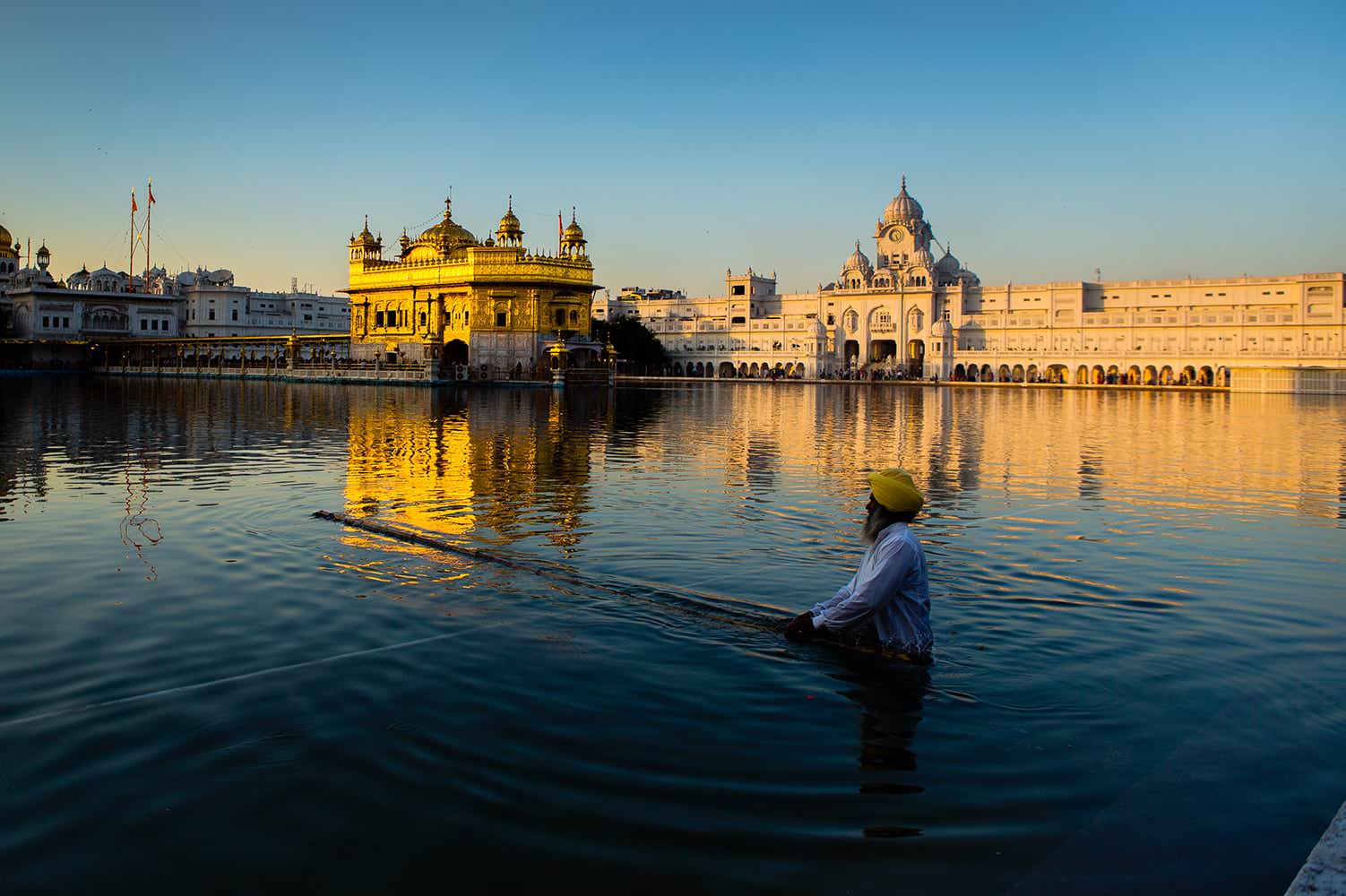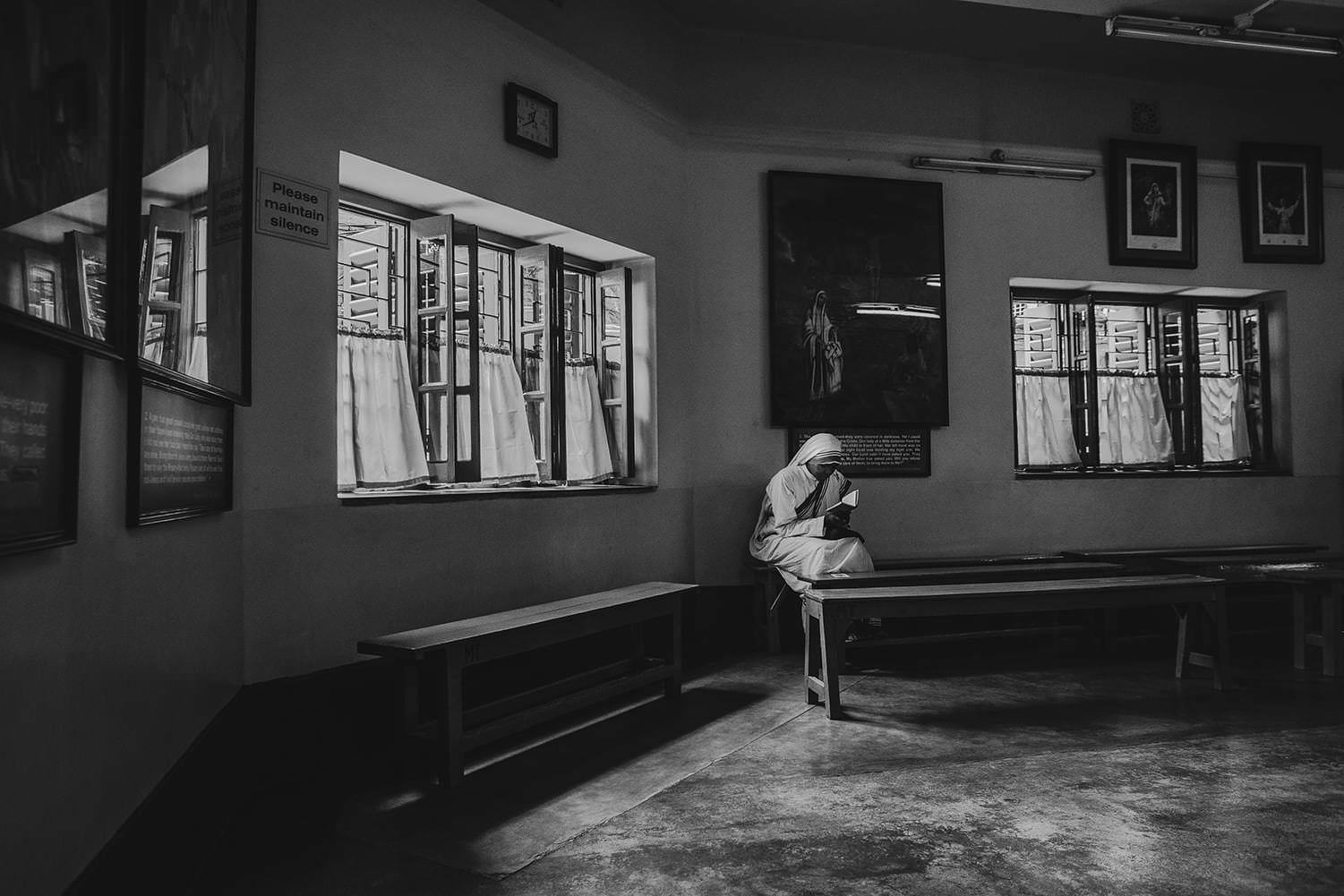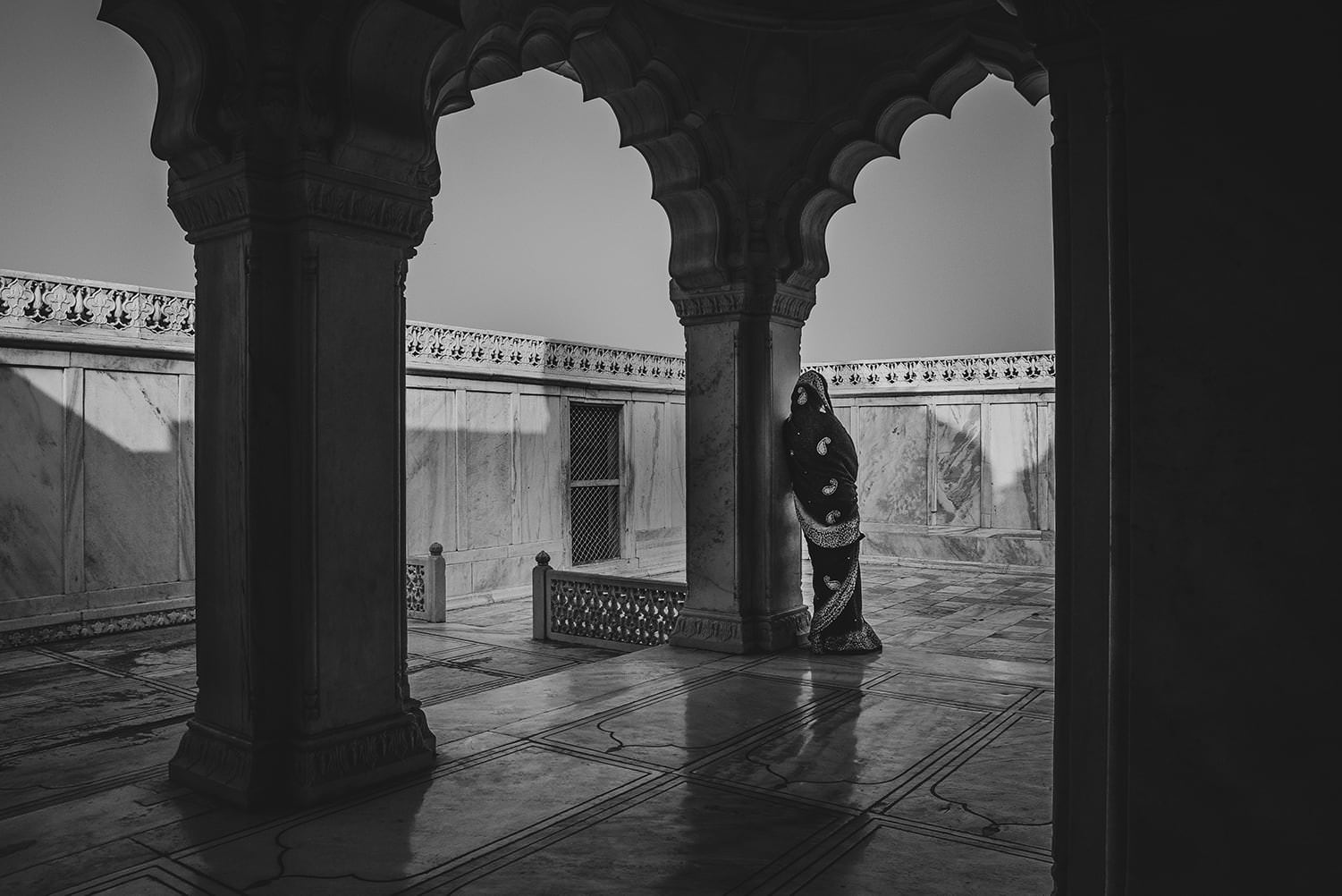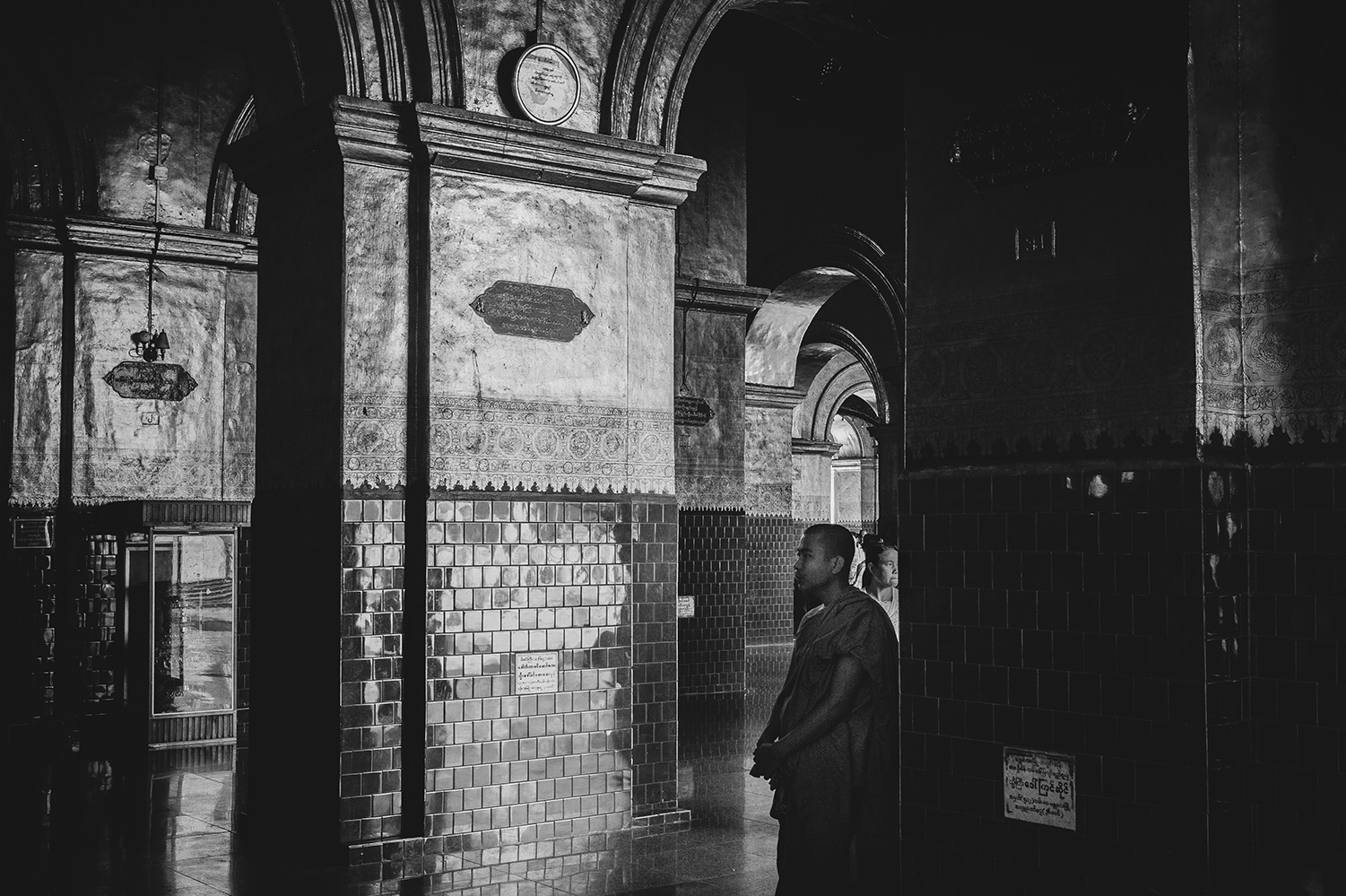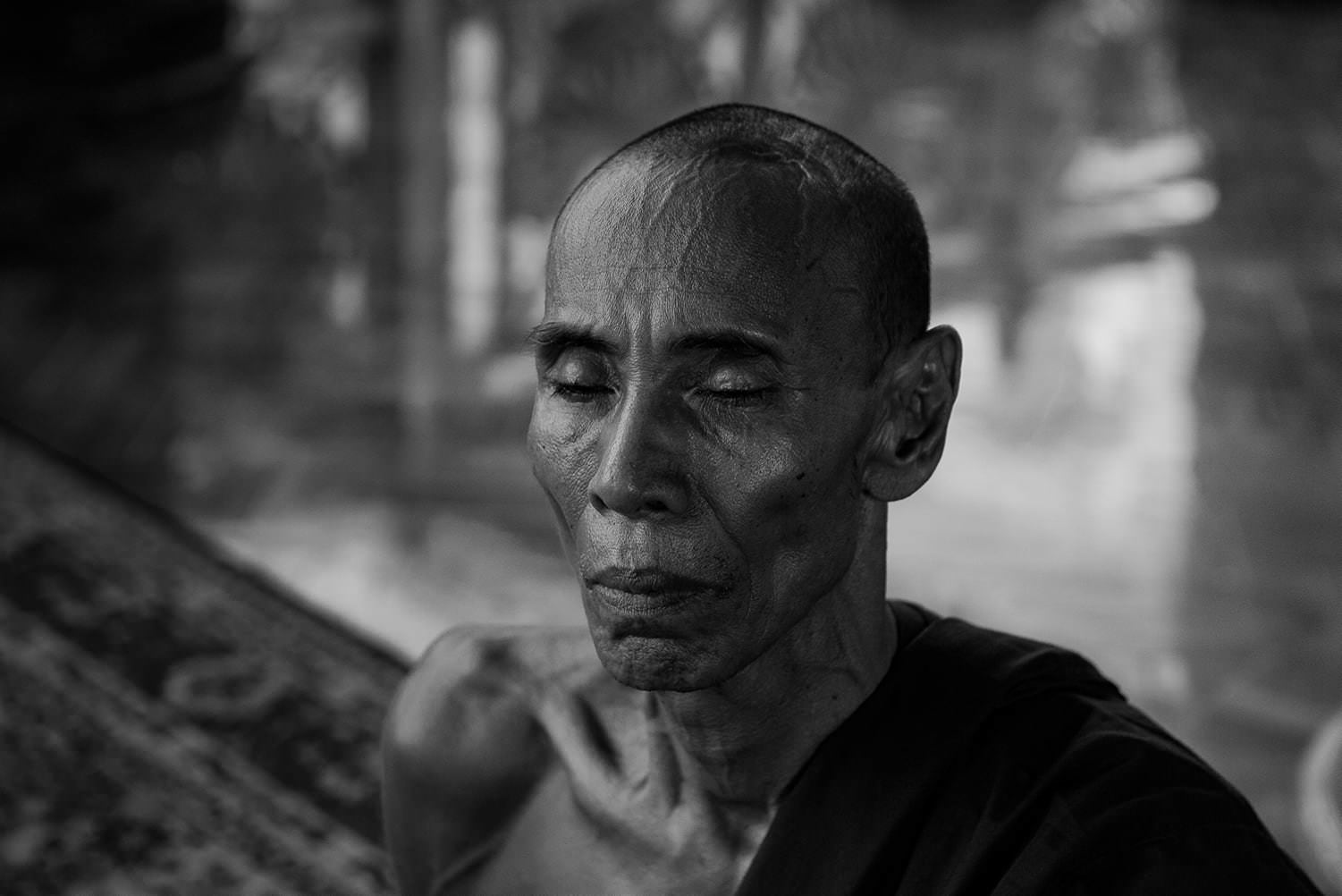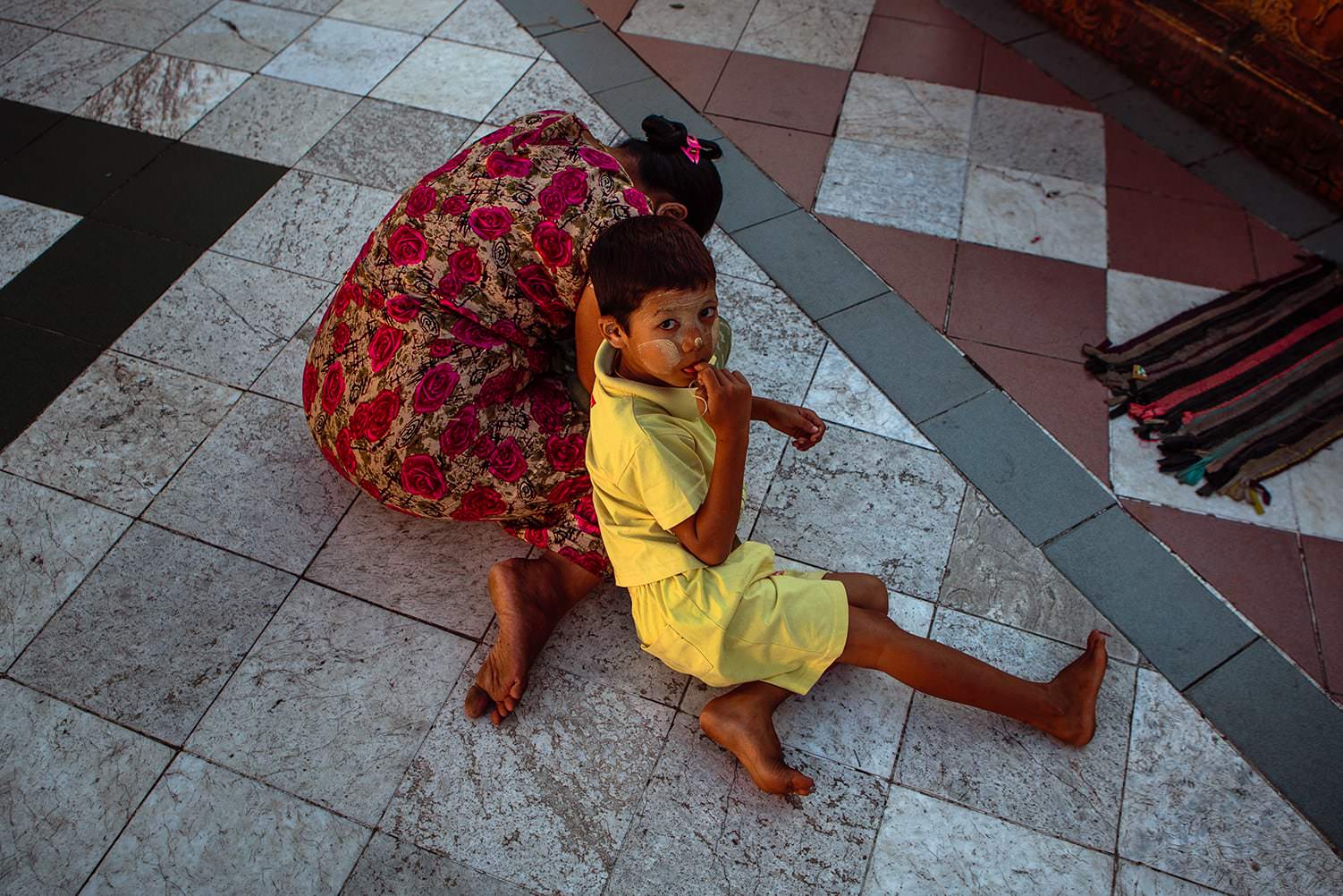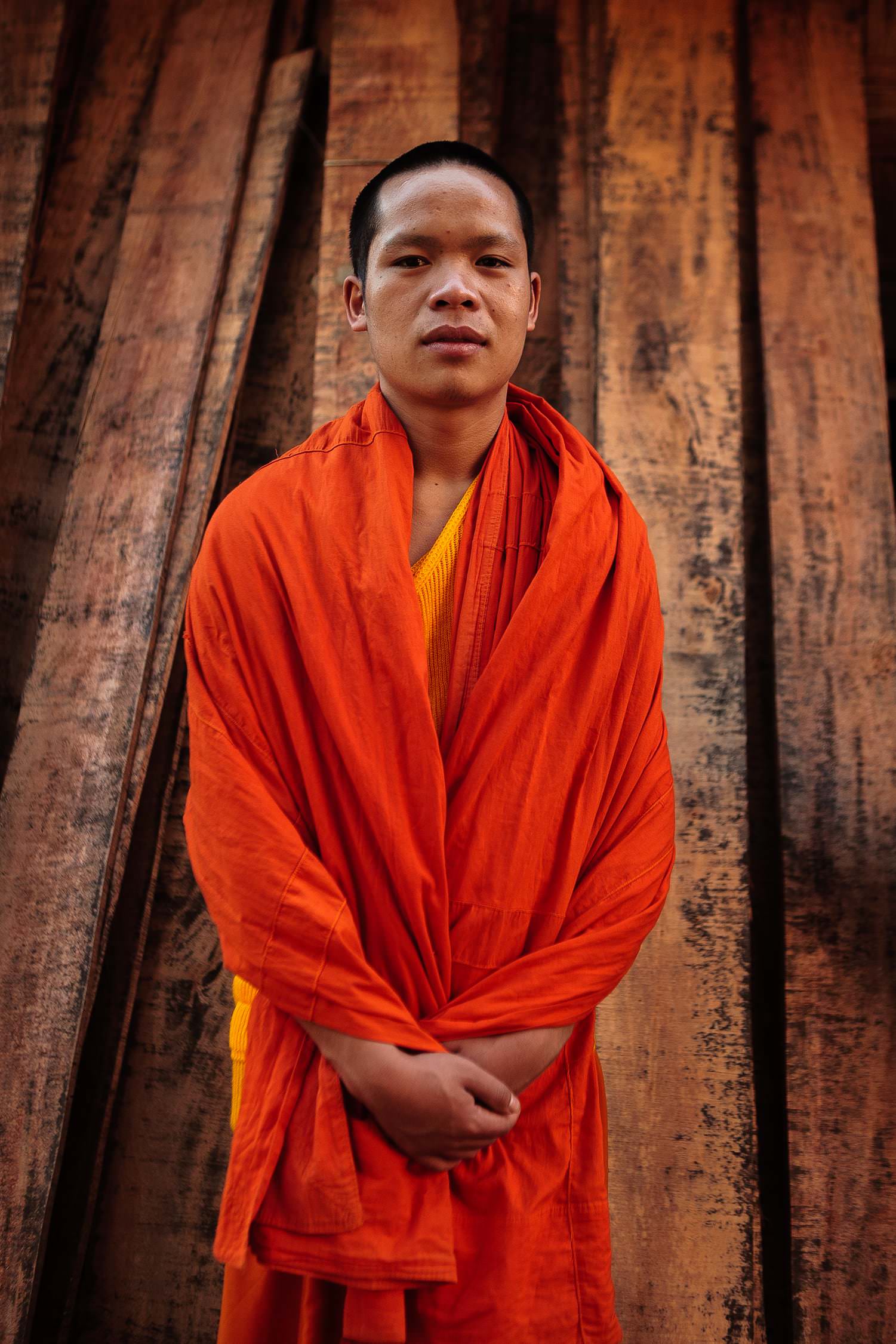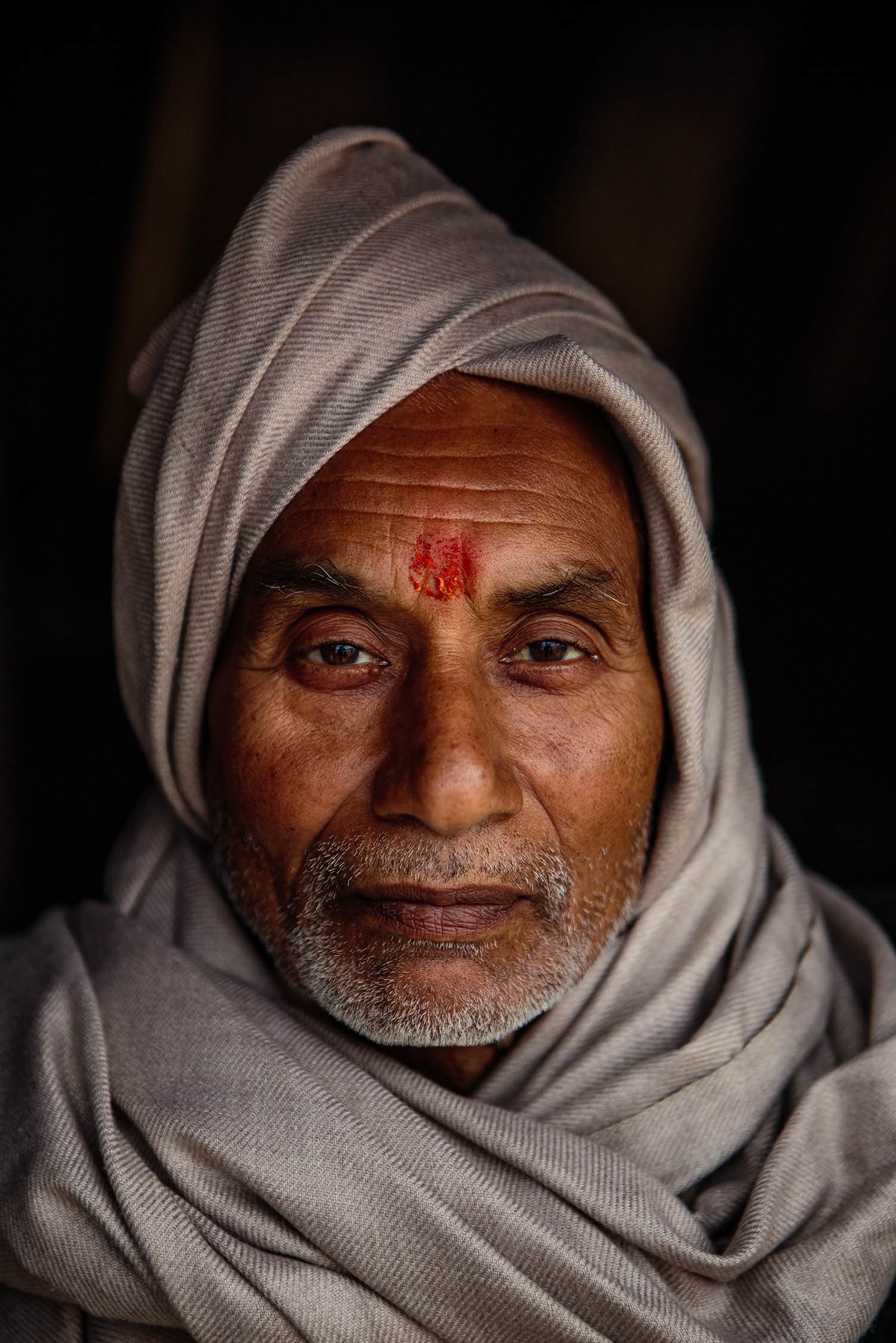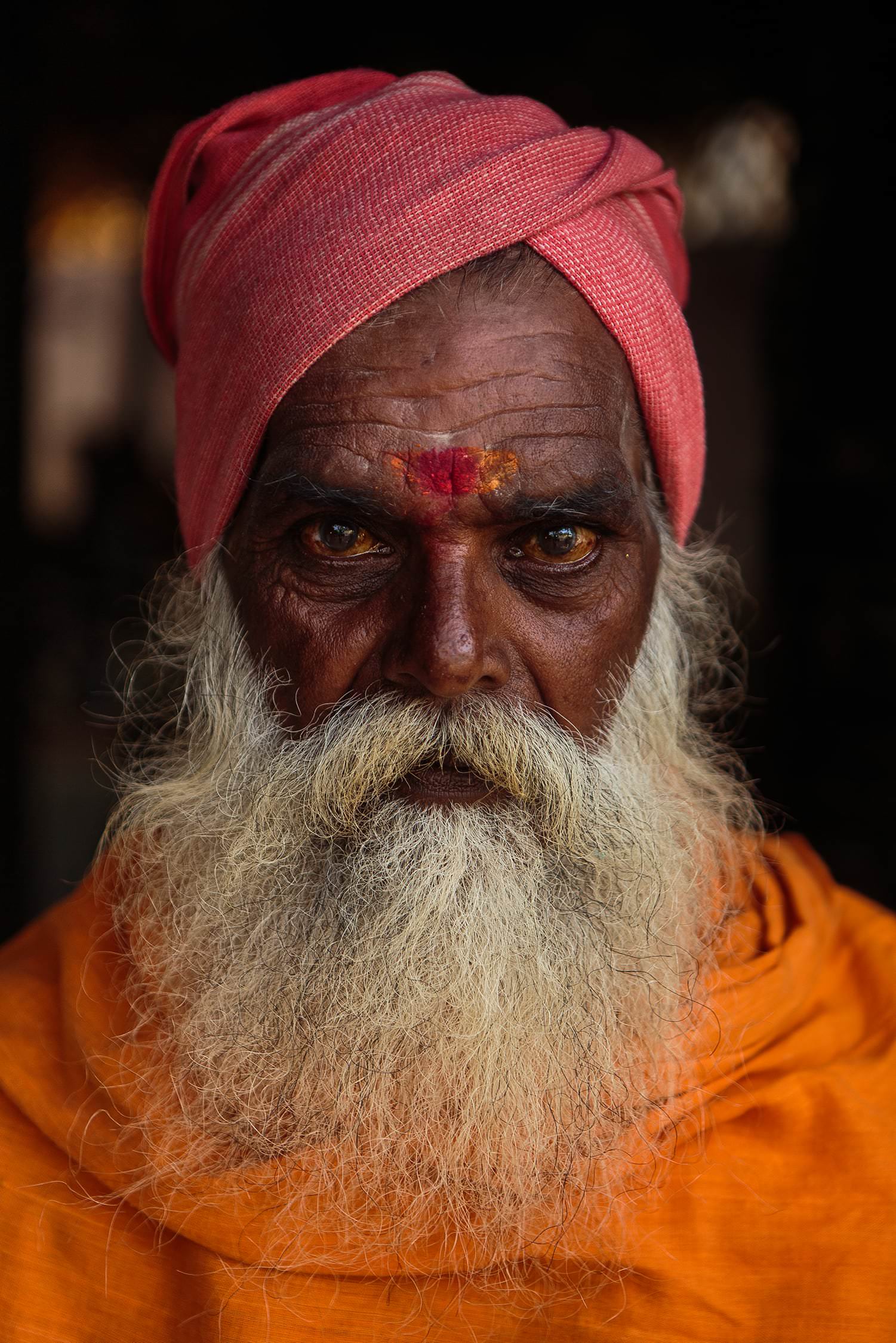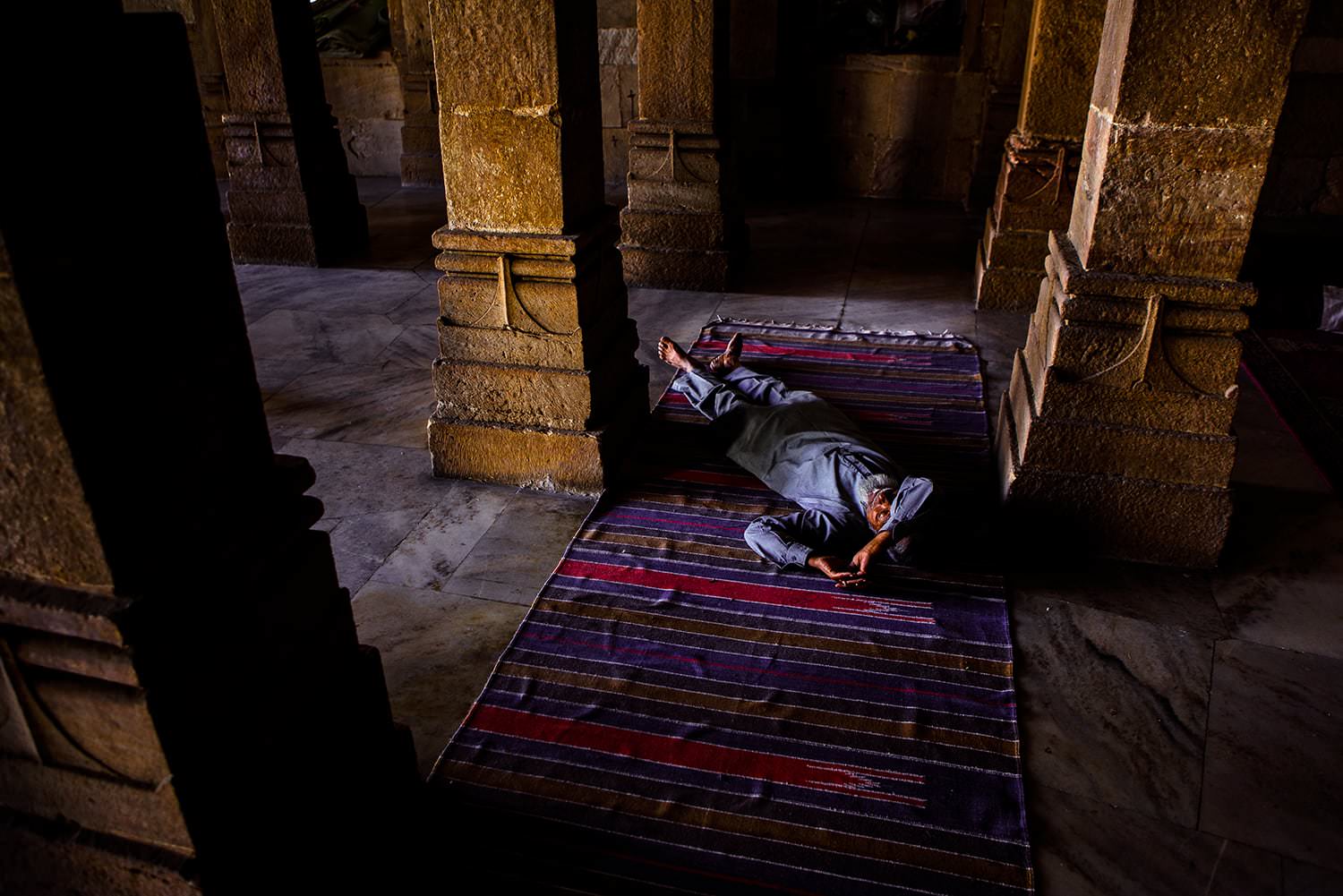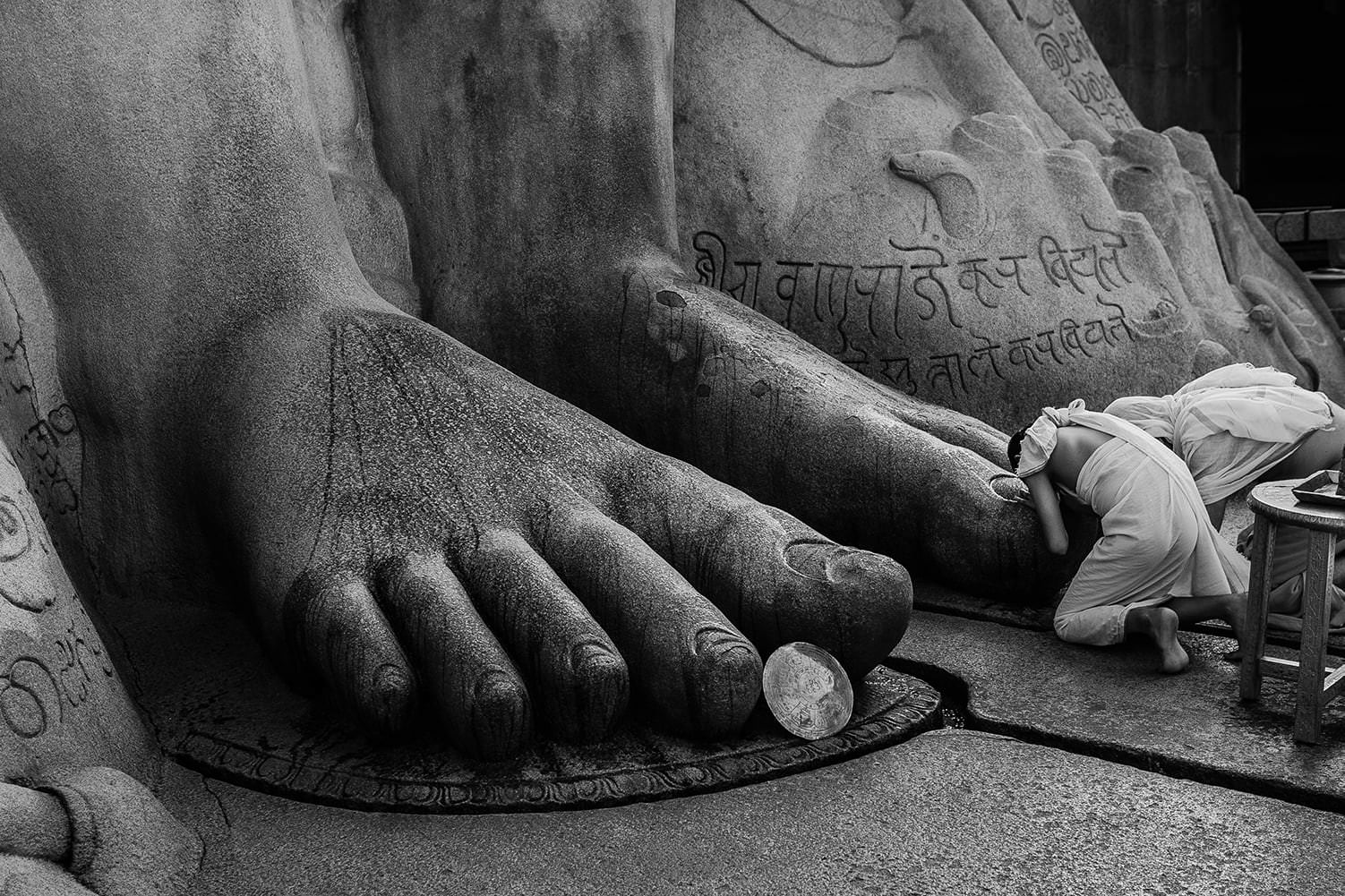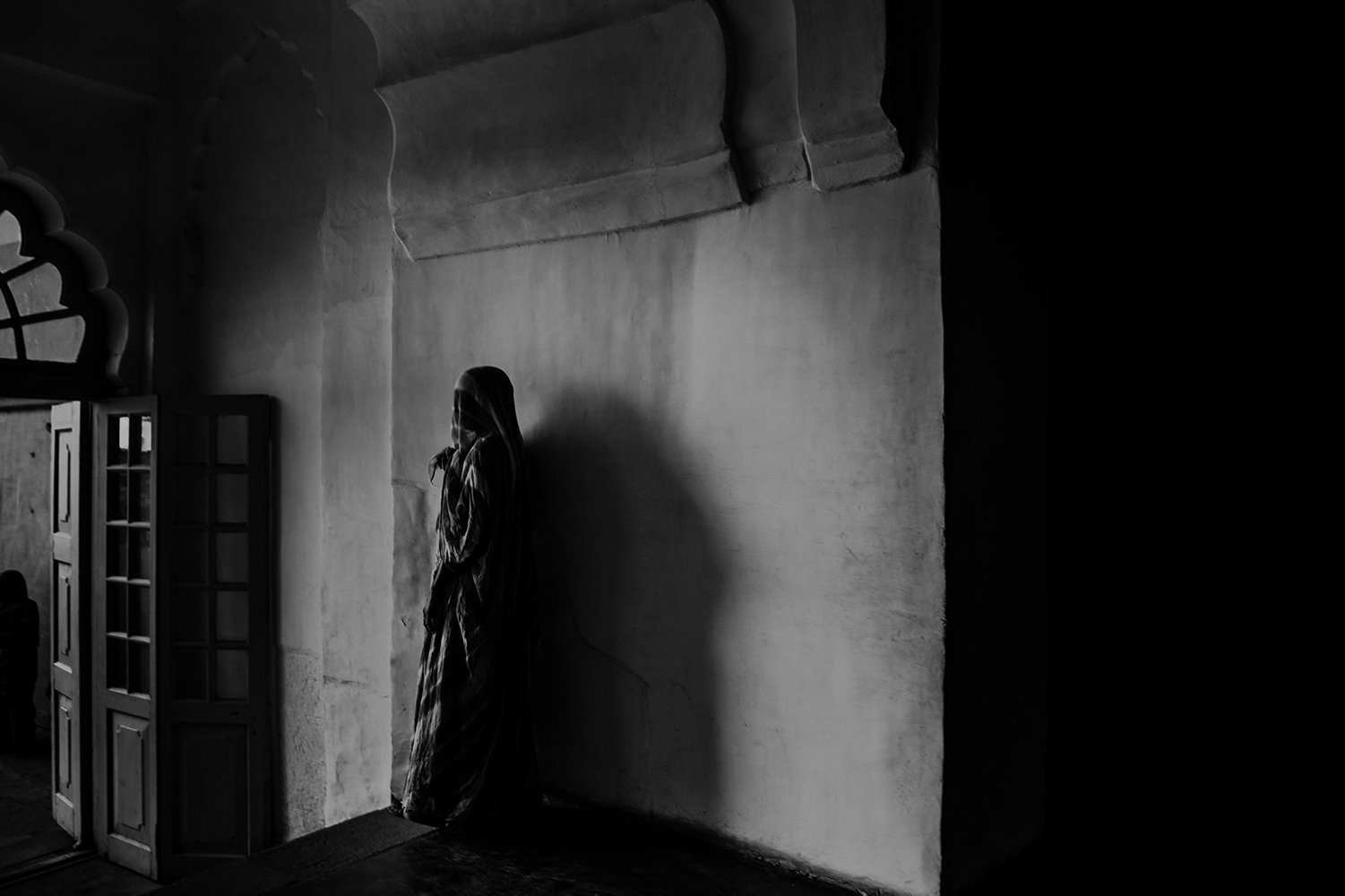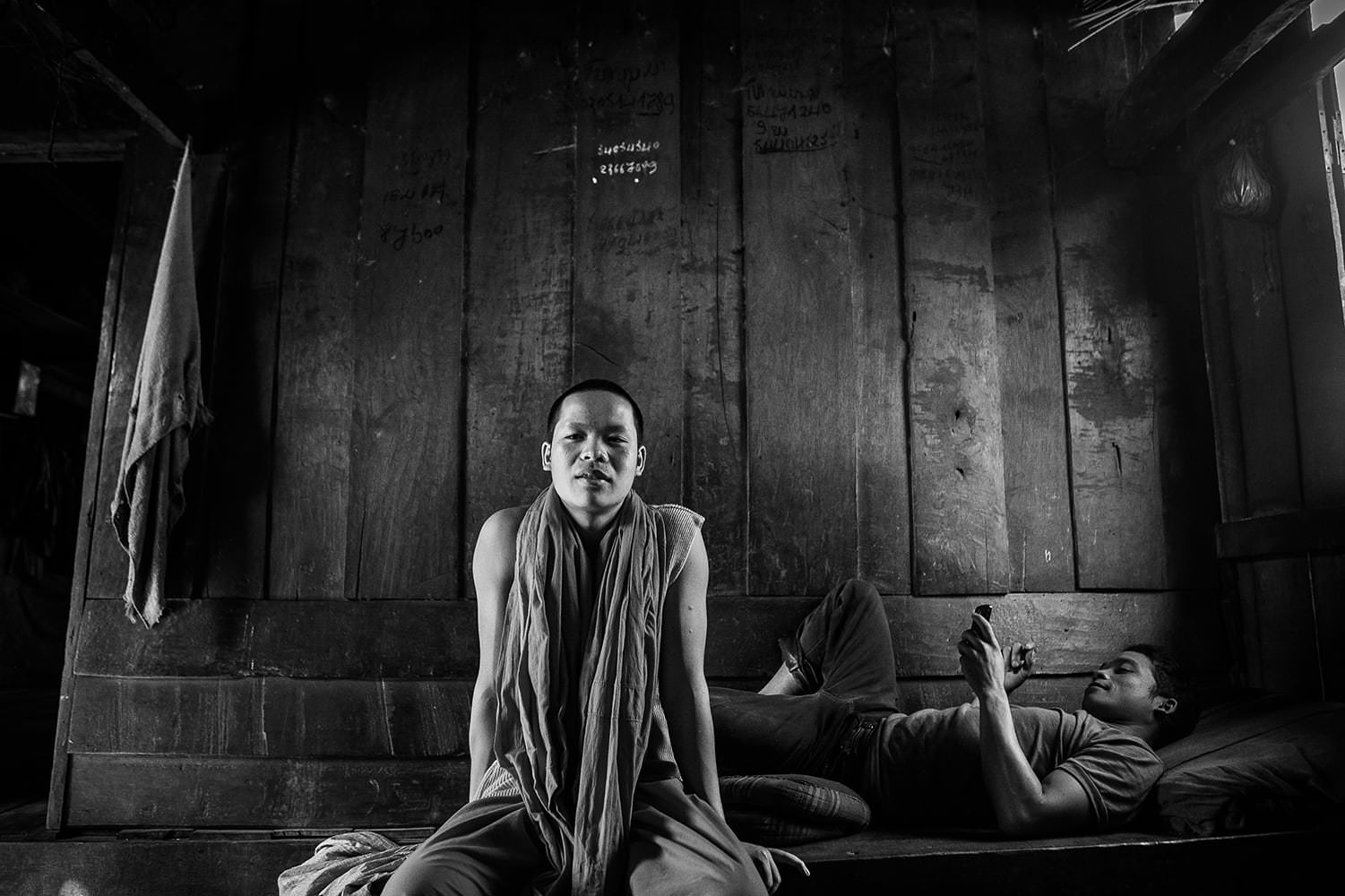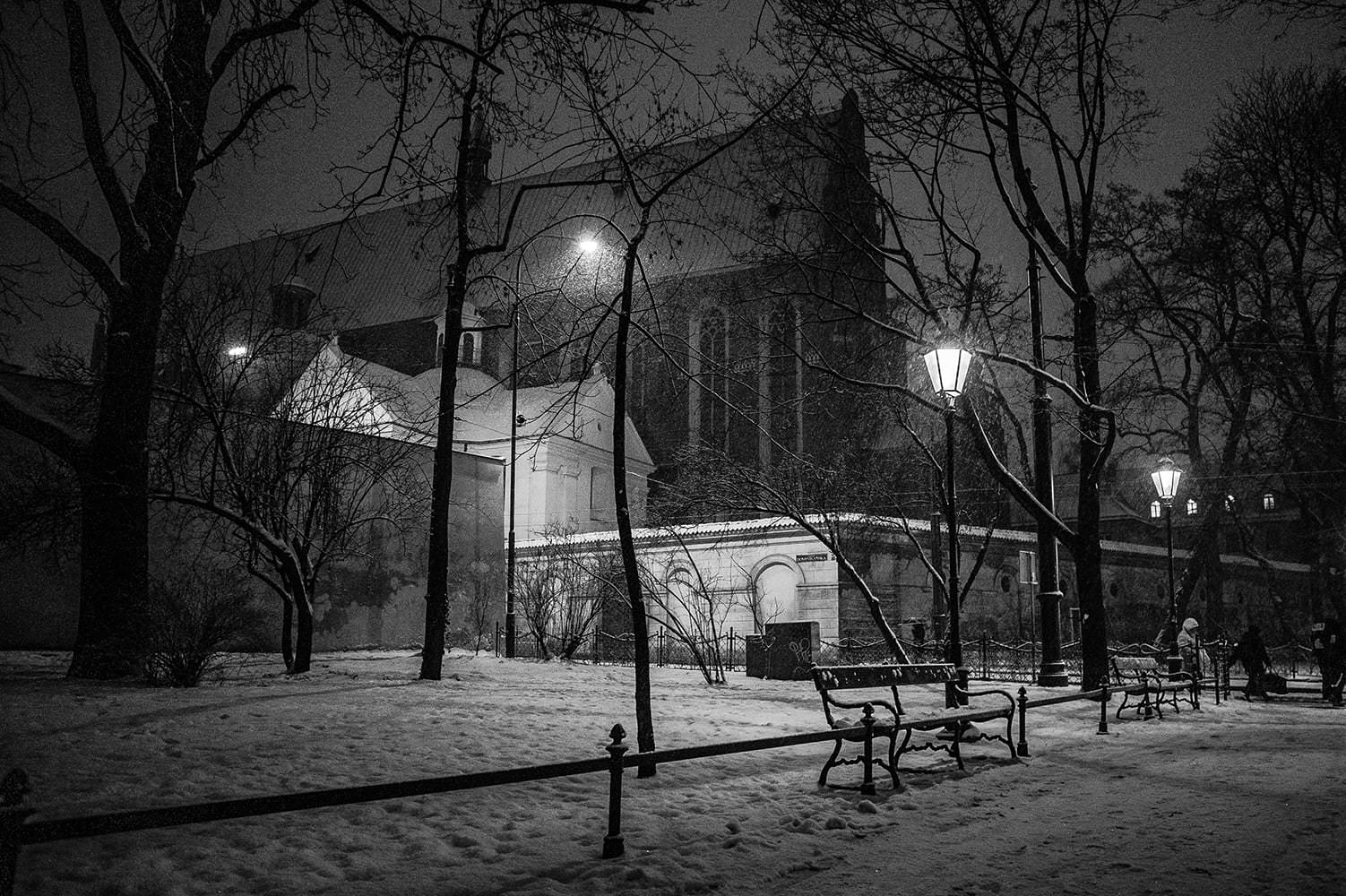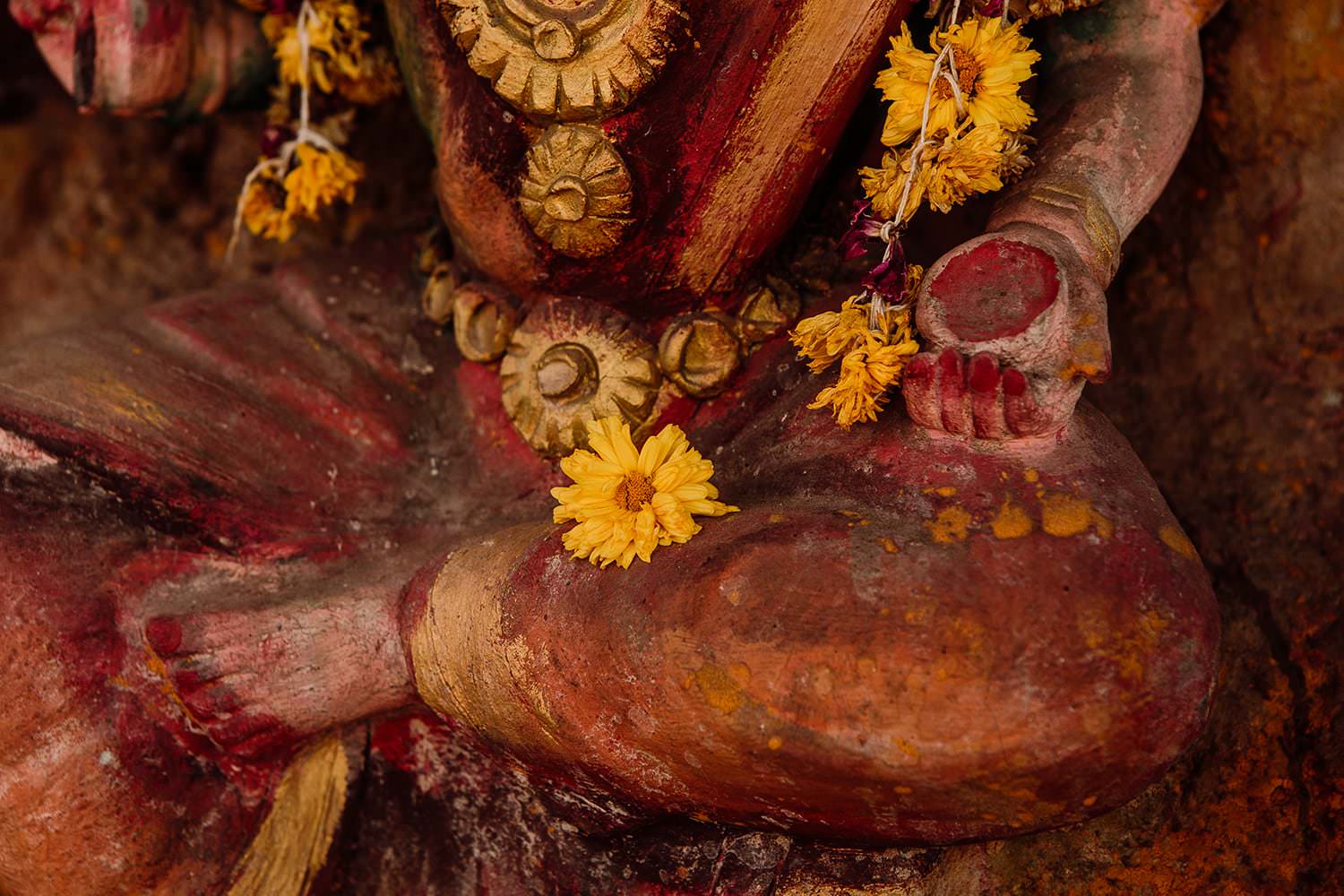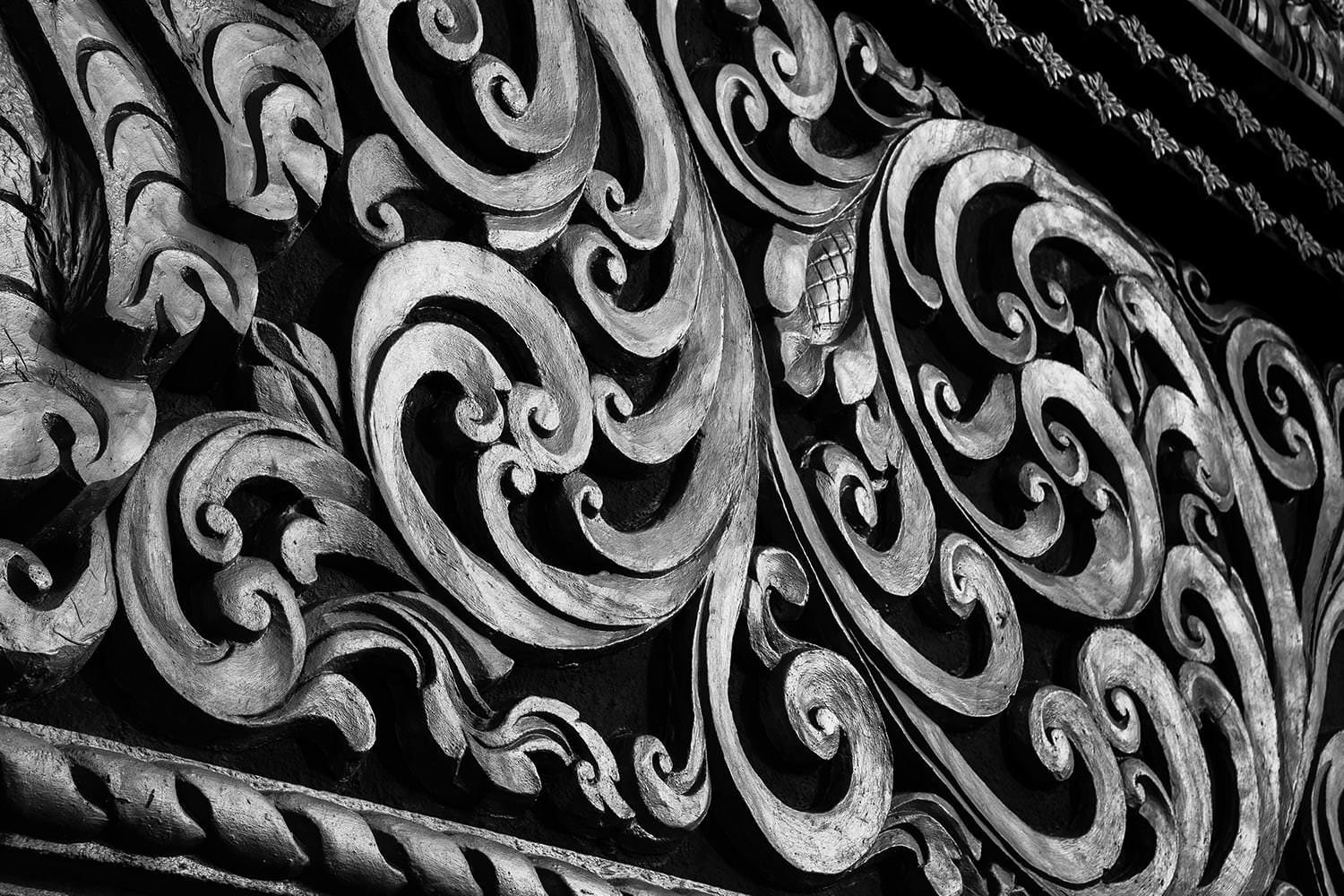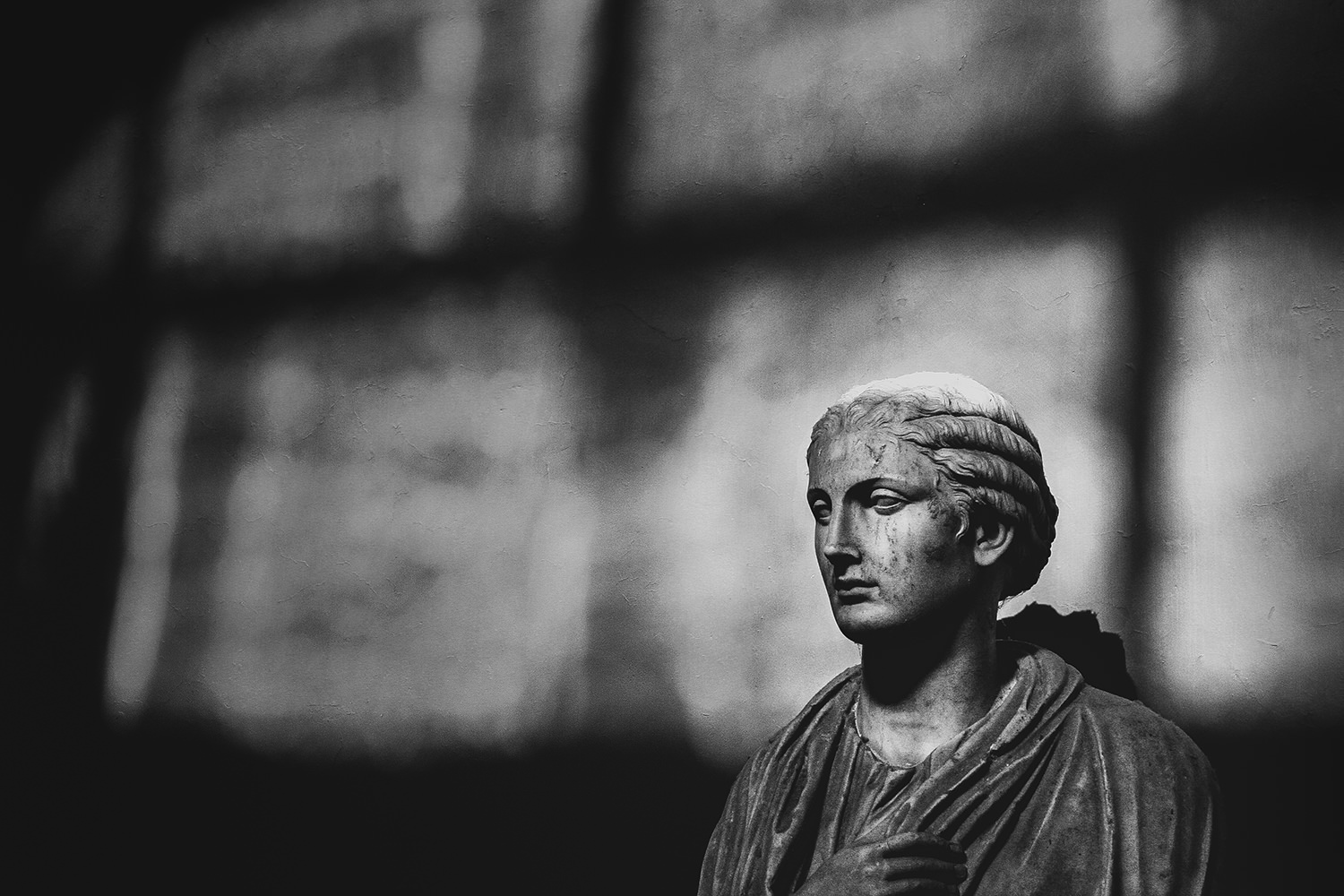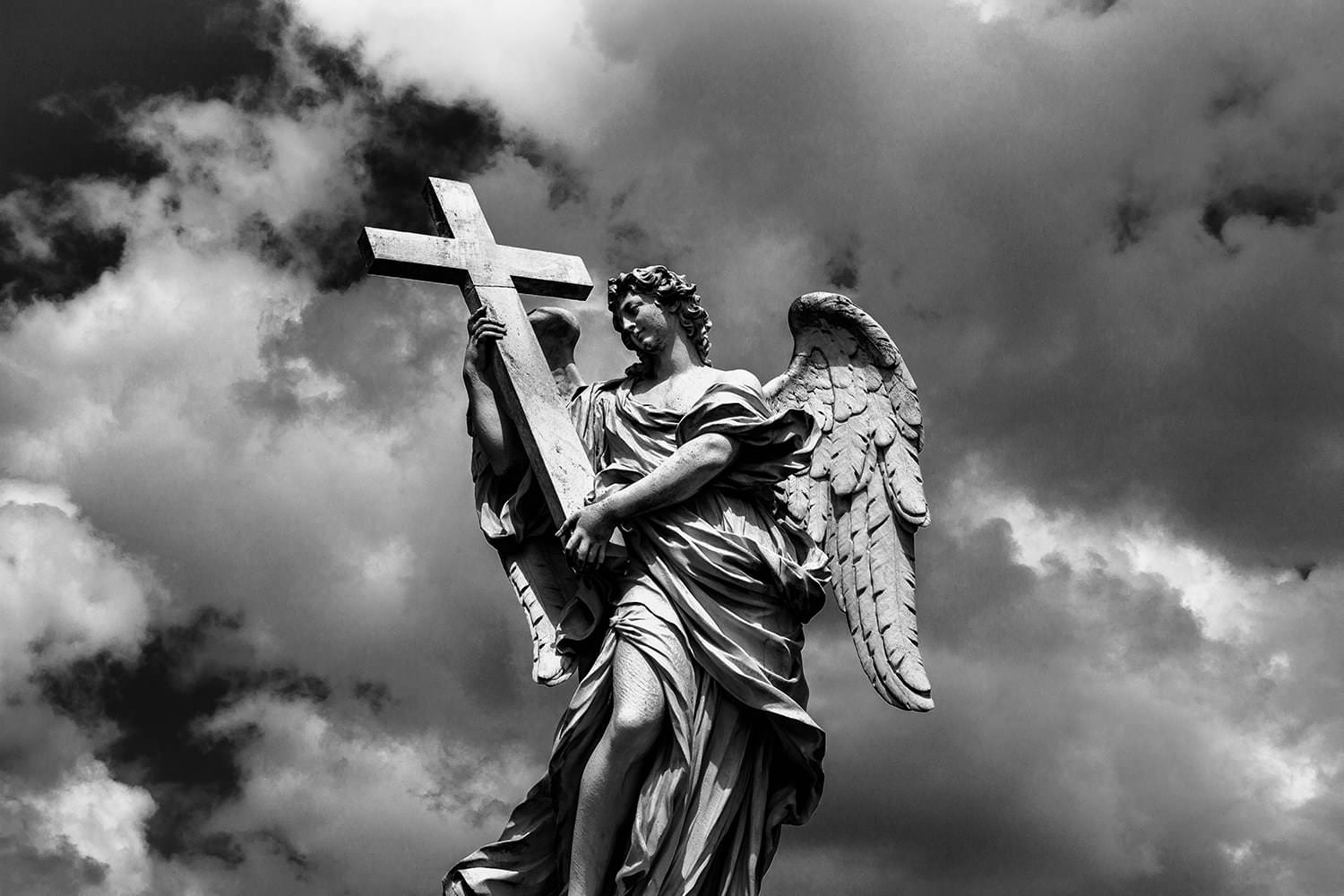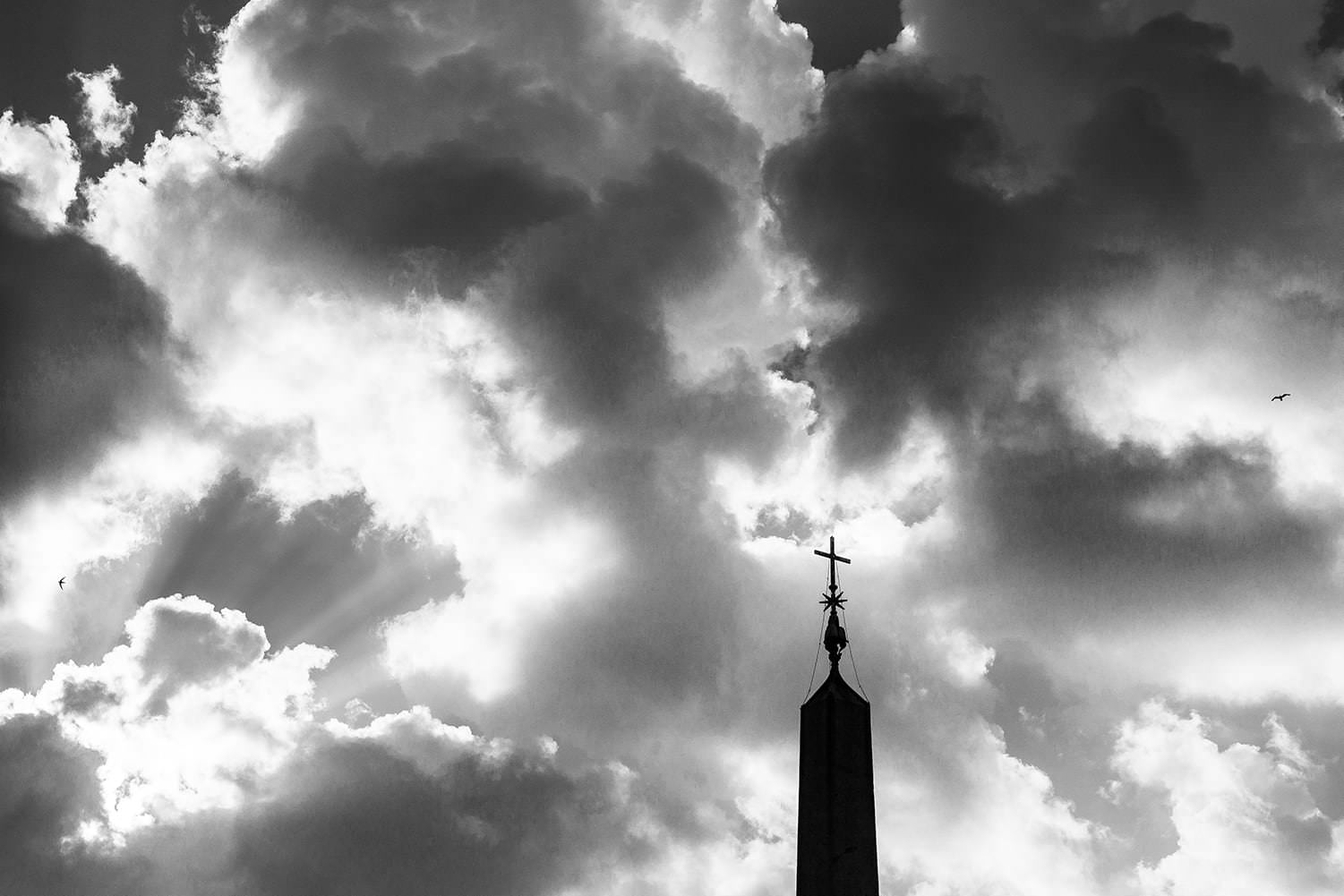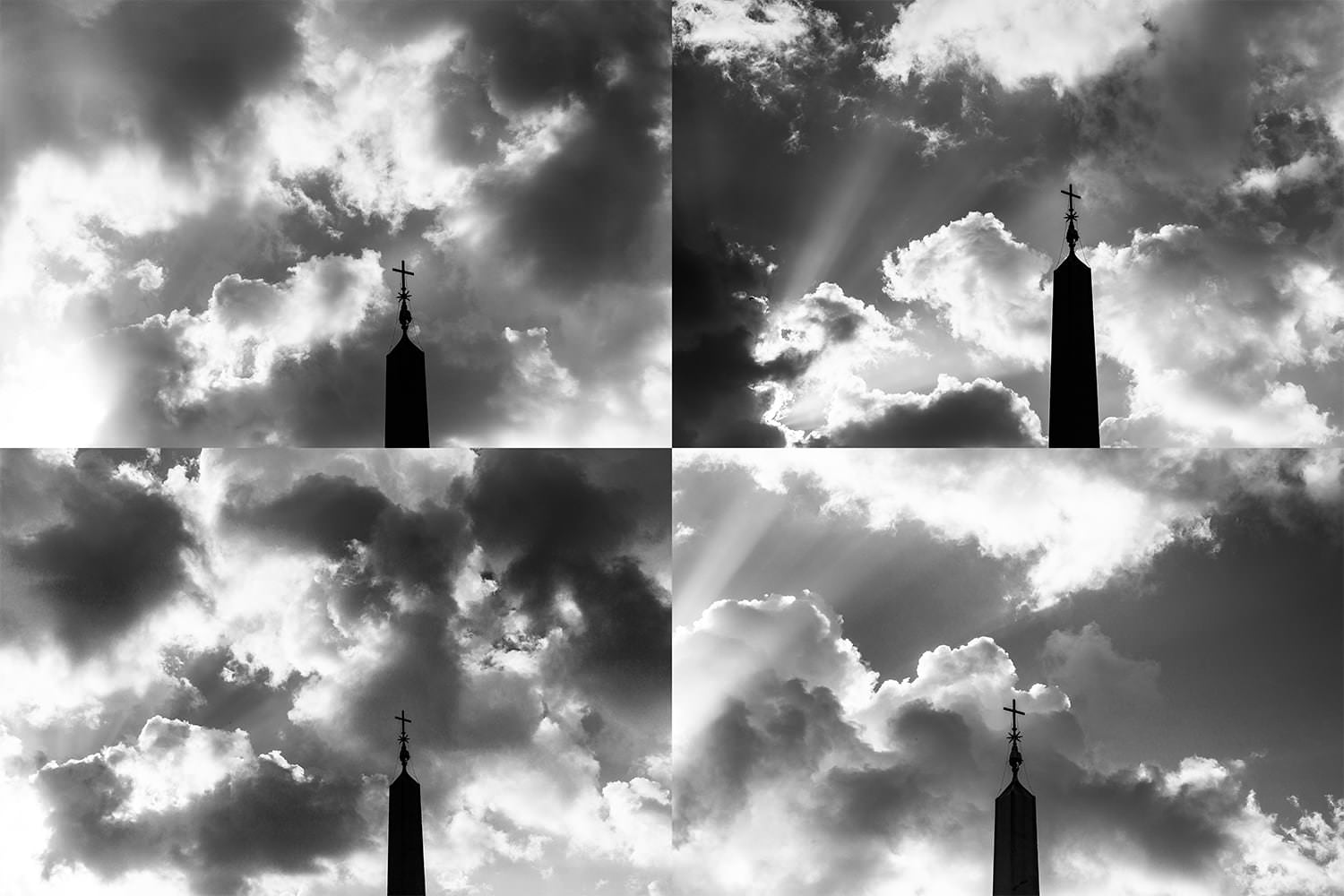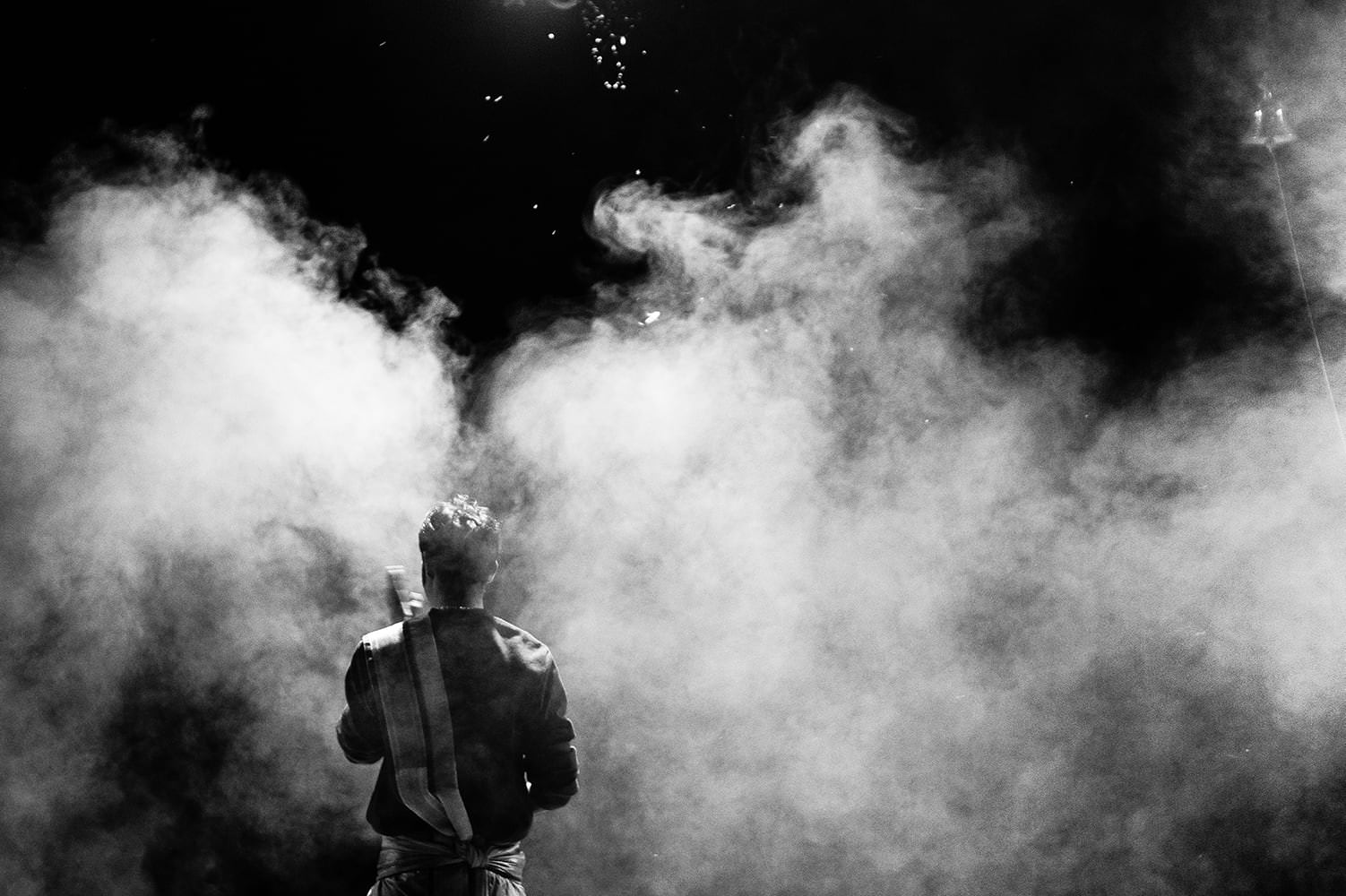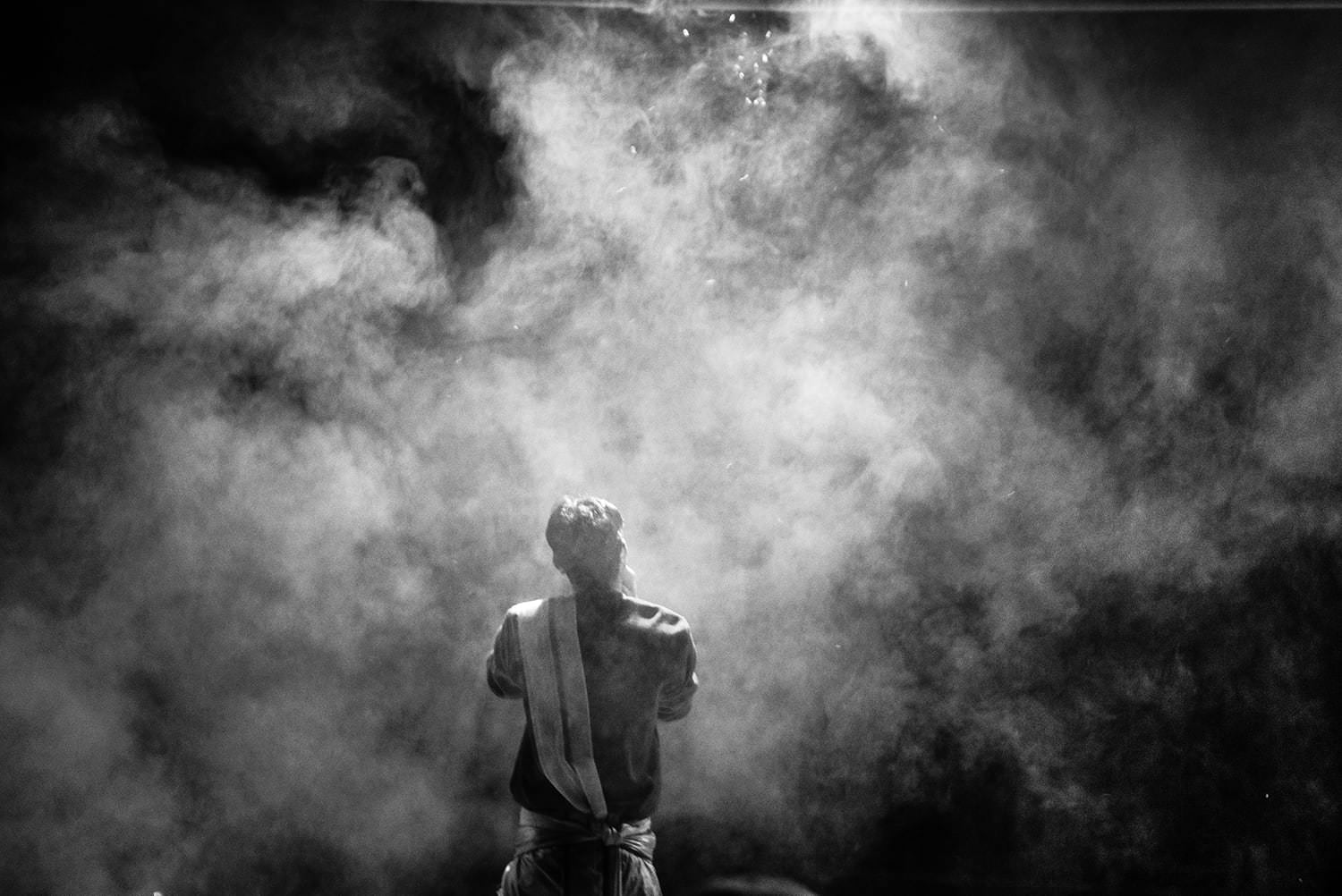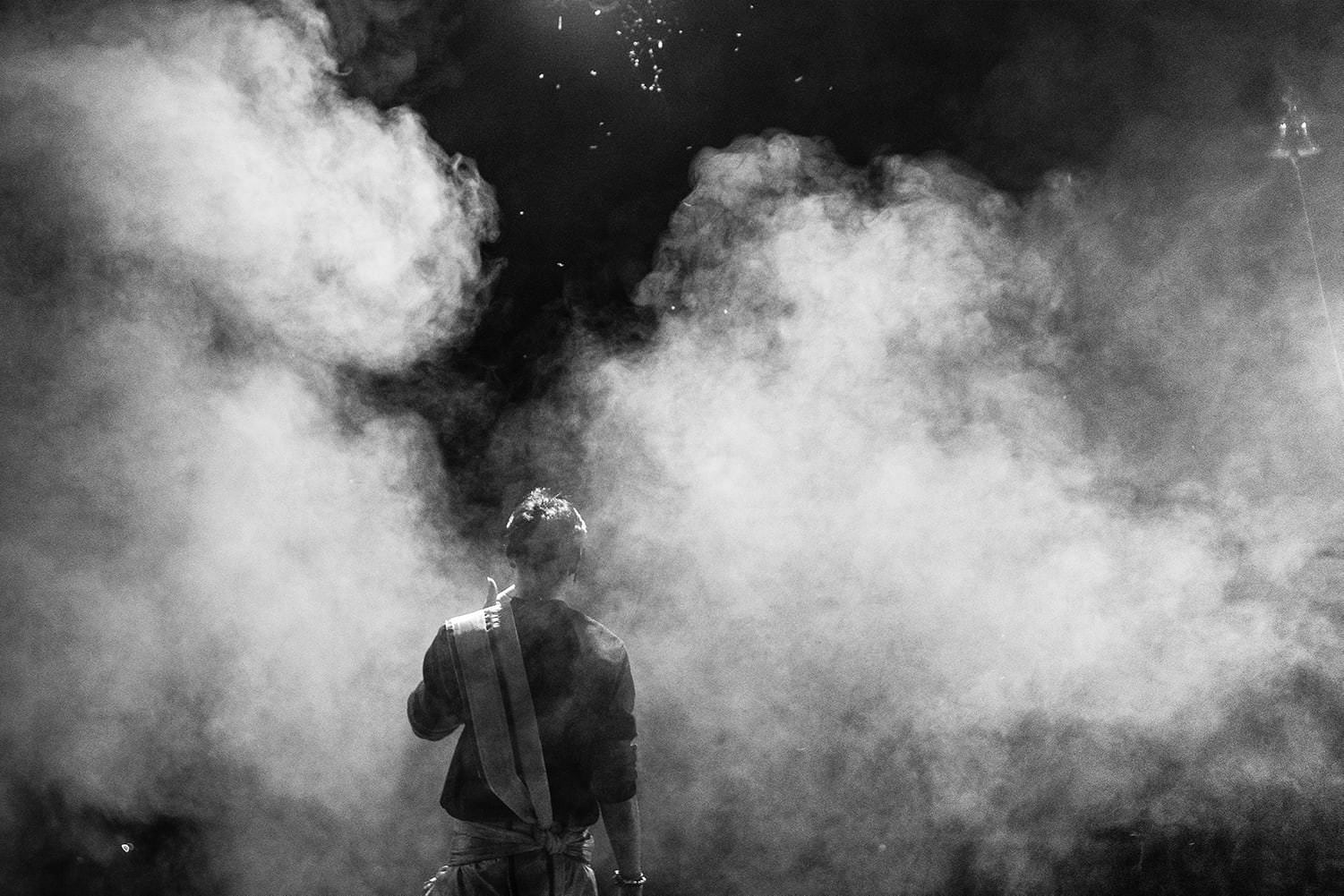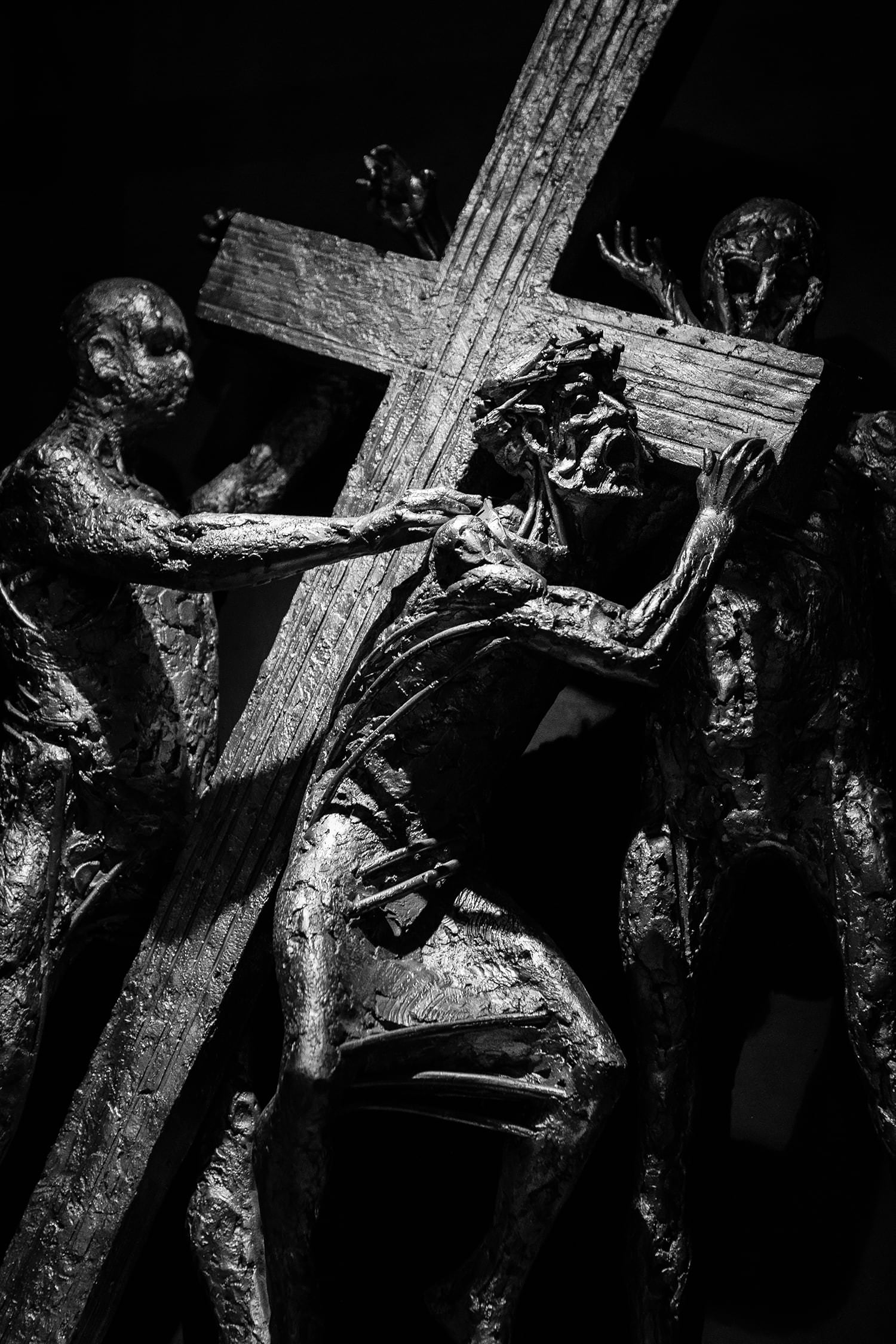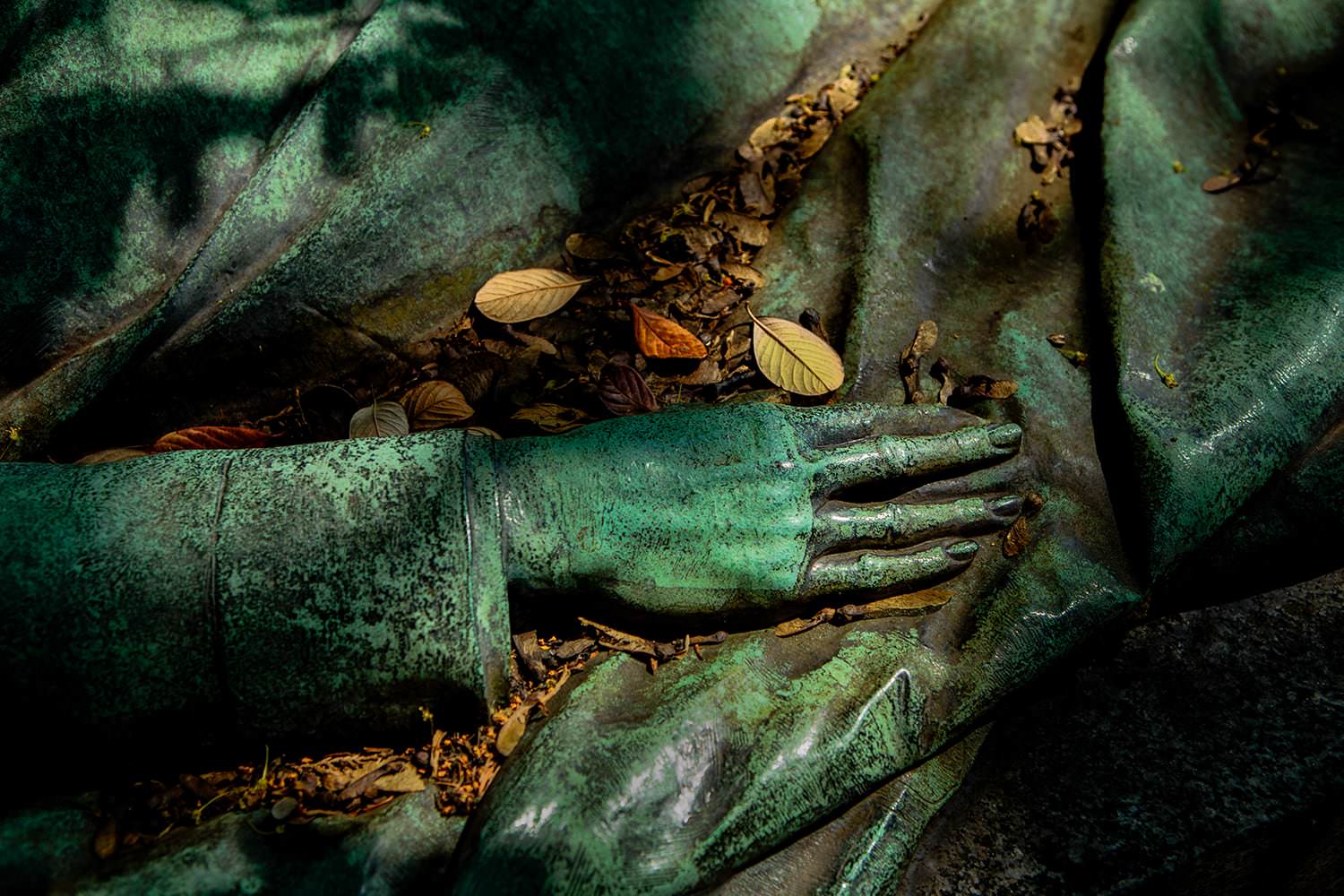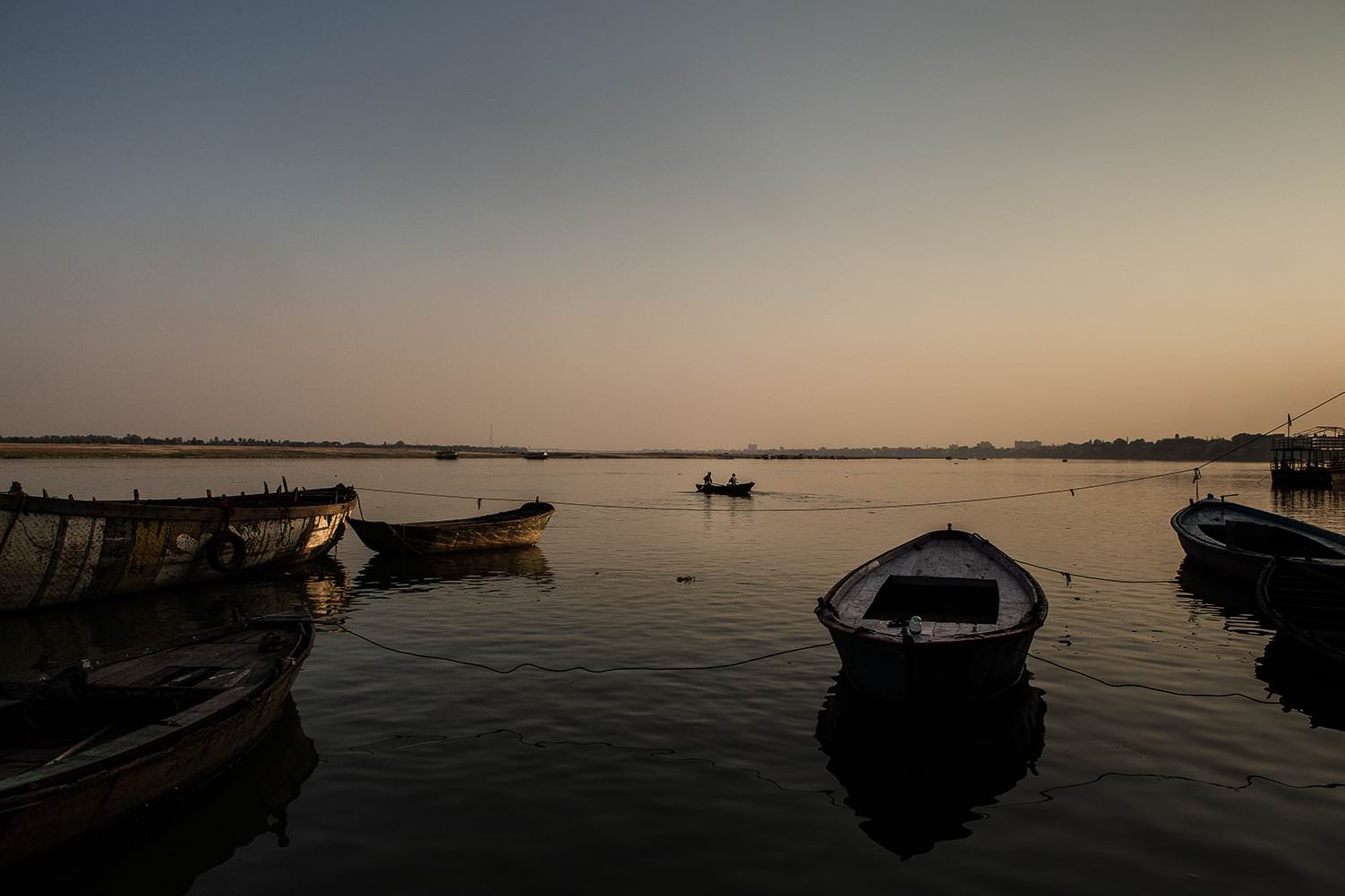TIMOTHY S.
ROBINSON
ROBINSON
A man cleans the water surrounding the Golden temple in Amritsar, India. Also known as Harmandir Sahib,
meaning abode of God, this gurdwara is the most important Sikh pilgrimage site on earth. Also a place of
charity, the kitchen feeds up to 100,000 people daily.
A Christian nun reads the Holy Bible inside the Mother House of the Missionaries of Charity.
Kolkata, India.
Agra, India.
A Buddhist monk inside the Mahamuni Pagoda in Mandalay, Burma.
An elderly Buddhist monk meditates inside the Shwedagon Pagoda in Yangon, Myanmar.
A woman prays beside her son at the Shwedagon Zedi Daw, commonly known as the Shwedagon Pagoda, in Yangon,
Myanmar. It is believed that the pagoda holds relics associated with four previous Buddha's, including eight
strands of Siddhārtha Guatama’s hair.
A novice monk visits his home village in Laos.
A pilgrim at the Prayag Kumbh Mela, known as the Magh Mela, in Allahabad, India. The festival is held at the
confluence of the Ganga, Yamuna, and Sarasvati rivers because it’s believed that bathing here cleanses all
the sins of life. Sarasvati was originally a personification of a mythical river mentioned in the Vedic
hymns, but later evolved into an independent Goddess of knowledge, learning, music, and the arts.
Pondicherry, India.
A man rests inside the Masjid i Jahan Numa, commonly known as the Jama Masjid Mosque, in Delhi, India. The
mosque was built by 5,000 people over a 12 year period with construction completed in 1656 AD.
Hassan India.
Jodhpur, India.
A novice monk visits his home village in Laos.
During the early morning hours, a boat floats on the River Ganga in Varanasi, India.
Two men bathe in the Ganges River in Varanasi, India.
The surrounds of a Christian church covered by snow during winter in Kraków, Poland.
Flowers inside the Pindaya Caves, Myanmar.
A Hindu statue in Pondicherry, India.
Detail on the wall of the Global Vipassana Pagoda near Mumbai, India. The building’s design mimics the
Shwedagon Pagoda in Yangon. This as an expression of gratitude towards Myanmar where the practice of
Vipassana was preserved in its purity by Burmese Buddhist monks. It spread to India and then wider thanks to
the work of Satya Narayan Goenka and others.
Vatican City, Italy. The Vatican is home to some of the most important works of Western art ever created.
These include Michelangelo's Sistine Chapel, Caravaggio's The Entombment of Christ, and
Raphael’s The School of Athens.
Clouds gather behind a statue on the Ponte Sant'Angelo, or the Bridge of Angels, in Rome, Italy. Sculpted by
Ercole Ferrata, it is inscribed with a Latin translation of verse 9:6 from the
Old Testament’s Book of Isaiah: Cuius principatus super humerum eius. In the King James Bible, this
phrase is written as ‘the government shall be upon His shoulder.’
Saint Peter’s Square in Rome, Italy.
Ganga Aarti at the Dashashwamedh Ghat in Varanasi, India. This ceremony is intended to be a display of
devotion to the Ganges River, also known as Mother Ganga, which is considered sacred in Hinduism. Flowers,
incense, chanting, and fire imbue the scene as young priests perform the ritual. The word aarti is
derived from the Sanskrit word ArAtrika, which means ‘the light waved in darkness before an idol.’
Liverpool, England.
Père Lachaise Cemetery in Paris, France.
Boats float on the Ganges River in Varanasi, India. For devout Hindu’s, having their cremated ashes immersed
in the Ganges will help them to achieve moksha, or nirvana. That is, liberation from saṃsāra, the endless
cycle of birth and death. At this point, the ego is dissolved, ignorance comes to an end, and salvation is
realised.
